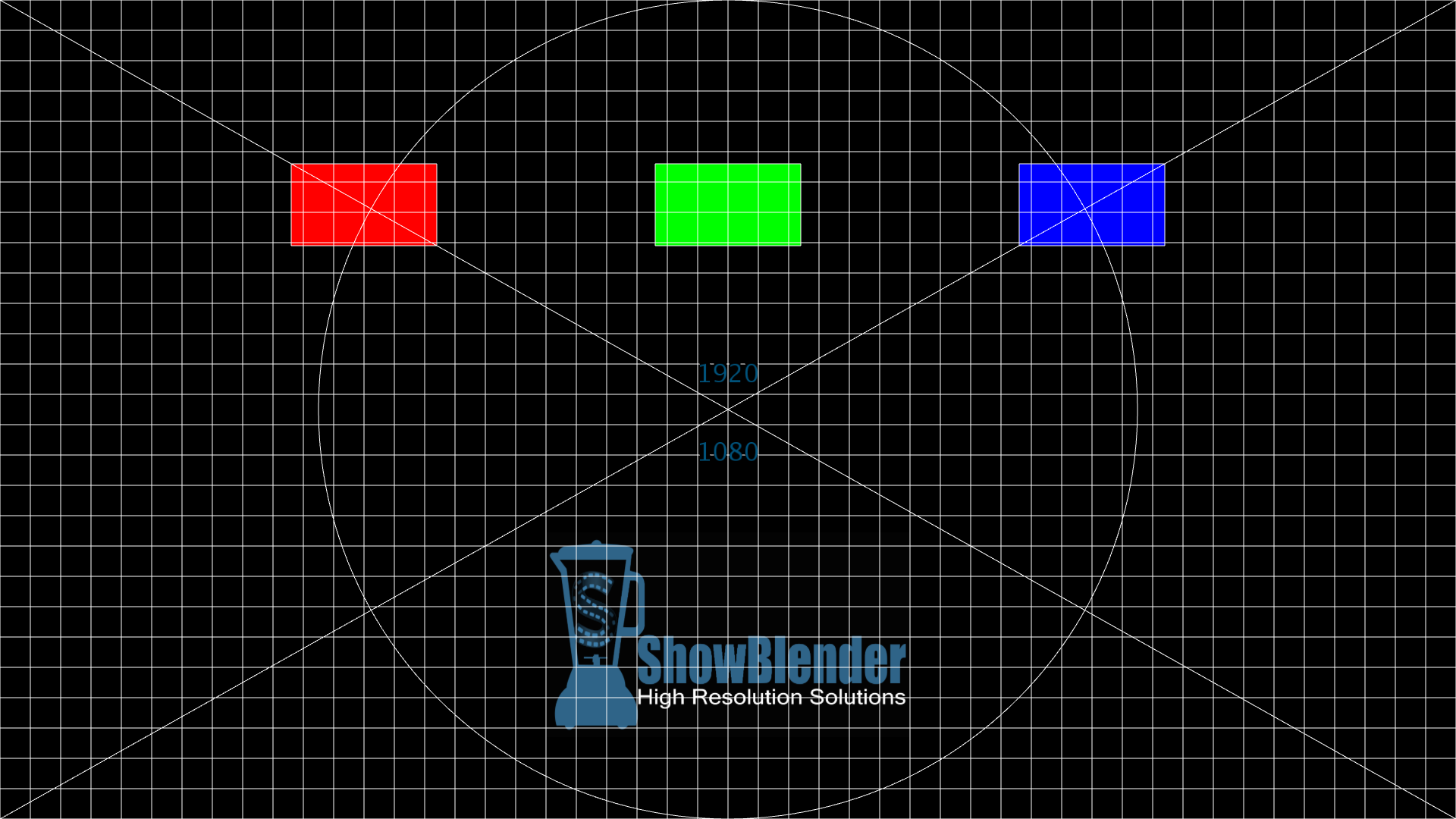I was setting up a Christie 18K projector yesterday, and encountered a fixable error in the field and wanted to share my troubleshooting process.
While aligning internally generated test patterns, the image began to flicker from White to Cyan then blanking the image intermittently. The image then went black, and I received this error:
"TI Engine Com Err, Attempting to Comple"
I did a complete power down, disconnect and reboot, a couple of times, and still got the same error message. I called up the Christie Tech support, and got some advice on troubleshooting the issue(Thanks John!). He provided me with an internal troubleshooting pdf, and I got to work cracking the projector open.
FYI, you must remove any eye-bolts or the 3-point mounting hardware on the top of the projector before removing the top lid. Unscrew the 6 screws on the top of the case with a phillips head screwdriver. You only need to do a quarter turn of these screws, and they stay attached to the lid(don't try to screw them all the way out!).
Now that you are inside the unit the fun begins. Look for any loose cables or any strain that may be affecting connections. I found a couple suspect connectors and did my best to make sure they were properly seated. I powered it back up and everything came back to normal working order.
You can download the specific Christie-Lamp-Technology-Mercury-vs-Xenon-Technical-Guide.pdf here:
https://mega.co.nz/#!6Q4BkJQC!kYBBvRoywWGpt74DkVa4_fDtwJmbp2rIEzdmpAwfguE
Of particular interest for this problem, look to diagrams on page 23 and 47.







